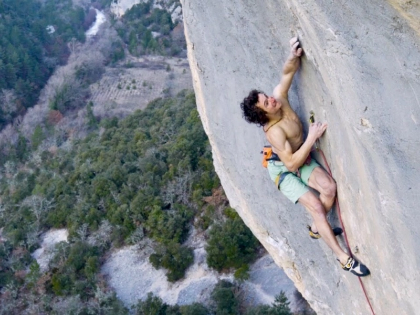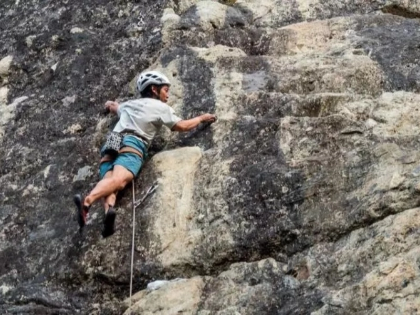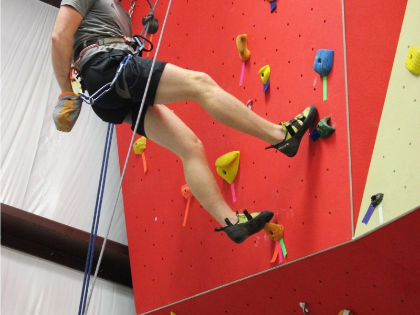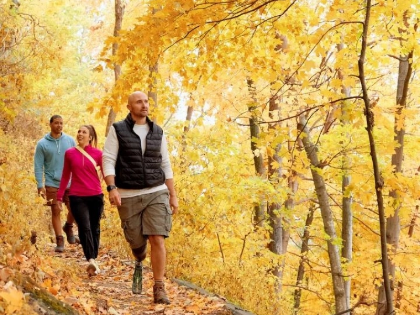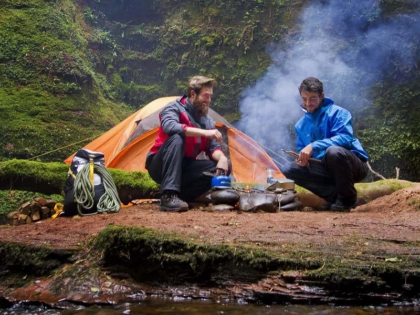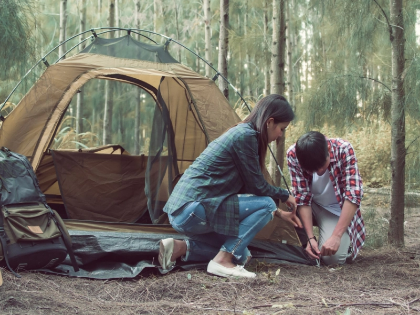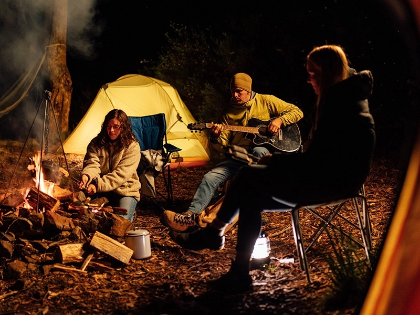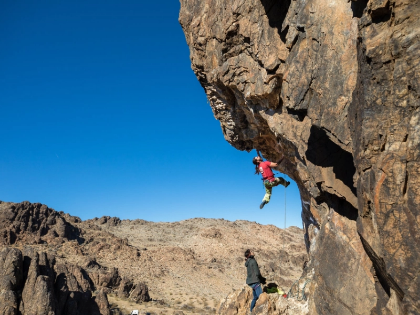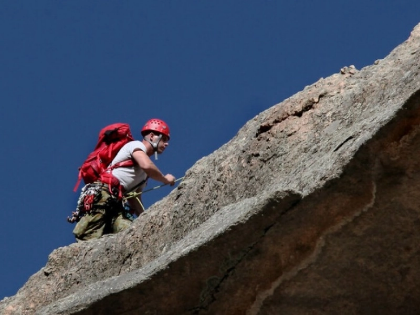How Can I Begin Climbing Rocks?
Keep in mind that technique matters just as much as strength as you climb. Observe seasoned climbers to observe their foot placement and attempt to mimic their style.
Be mindful of other climbers' space if the gym is crowded. Allow people to navigate routes and issues without taking them over.
Climbing Walls
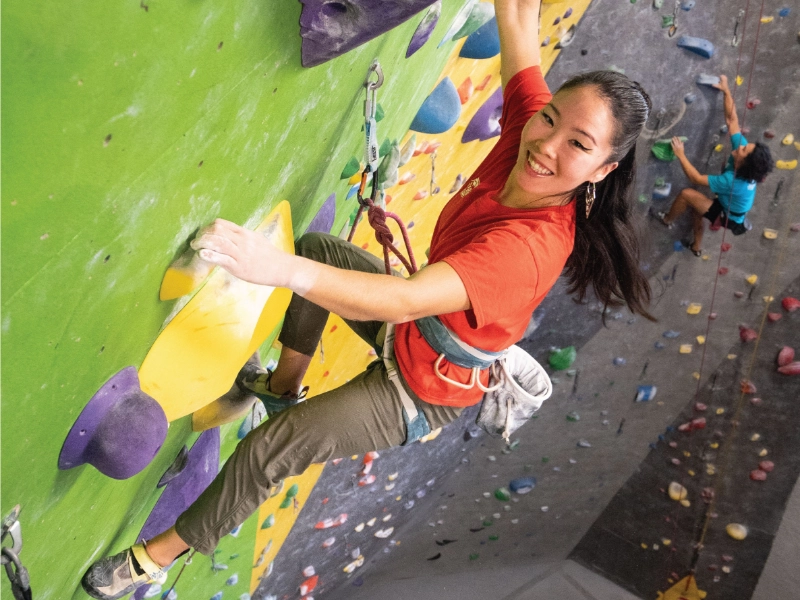
A full-body, enjoyable sport that practically anyone may participate in is rock climbing. It's also a fantastic opportunity to meet new people, develop confidence, and get some exercise. A gym is a great place to learn the fundamentals of climbing, as almost anyone can start there.
An "auto belay" system, or rope that clips to your harness around your waist on one end and is anchored at the top of the wall on the other, is typically found in most gyms. The auto-belay catches you when you fall and lowers you to the ground gradually.
Bouldering issues are short, overhanging cliffs that are popular among beginning climbers. The complexity of these issues is indicated by digits (V0 being the easiest). At first, your hands might feel a little tender and painful, but as your skin develops calluses, this becomes better. Moreover, remember to cut your fingernails short to prevent snags on the grips.
Climbing Gear
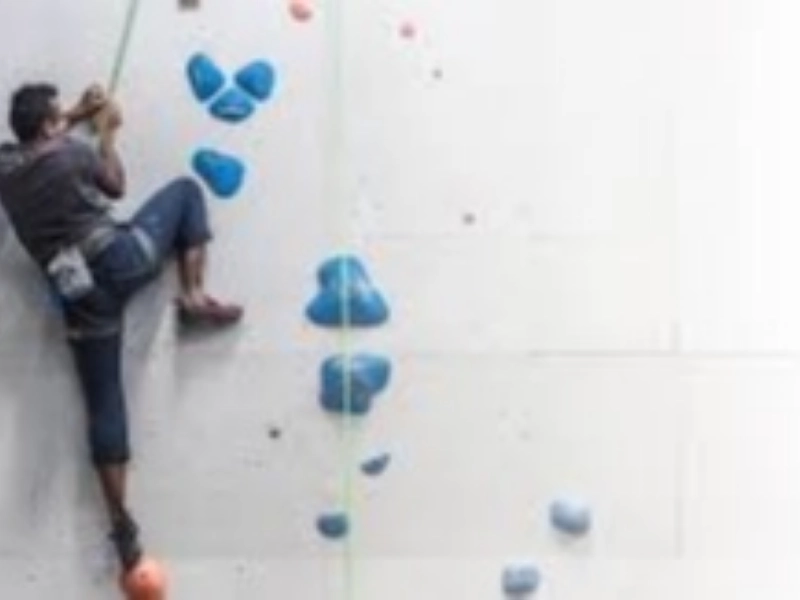
Climbing has many different disciplines, and each one has specific equipment needed. Still, the majority of novice climbers rent a chalk bag, shoes, and harness. When selecting shoes, beginners should prioritize comfort over performance. Refrain from purchasing too-tight shoes, and make sure you get ones that won't blister after an hour of wear.
In order to improve their grip on the holds, climbers also use a chalk bag to dust their hands with white powder. Your fingers may feel painful at first, but as you climb and your skin becomes used to gripping rough holds, this will get better.
It's time to venture outside when you've become accustomed to the gym setting, developed your strength and competence, obtained the necessary equipment, and made friends with other climbers. Going outside is the next best thing to working out in a rock gym and demands far more confidence in your abilities, gear, and sense of judgment than indoor climbing does.
Routes for Climbing
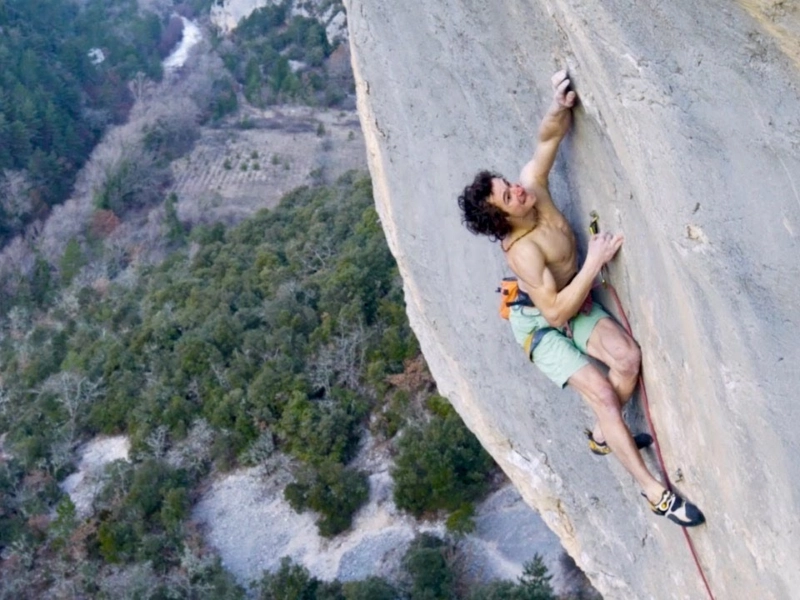
Although rock climbing may seem to require only upper-body power, it also requires leg and core strength. In order to see the hold you want to grip and then position your feet correctly, it also takes a significant amount of visual awareness.
Climbing with a partner is a terrific way to get better at it. Finding partners who are willing to teach you the ropes can be a terrific chance when climbing outside, but even at the gym, it is ideal to climb with an experienced partner.
Routes will be labeled with their difficulty (using the Hueco scale for bouldering and the Yosemite decimal system for roped climbing) when you're ready to go past a bouldering area. Routes and difficulties are sometimes labeled as "easy," "intermediate," or "hard"; some may even have a tag with the starting holds, which are typically shown by a tiny circle drawn in chalk. climbs wash away chalk residue left by other climbs in the holding sections.
Climbing Companions
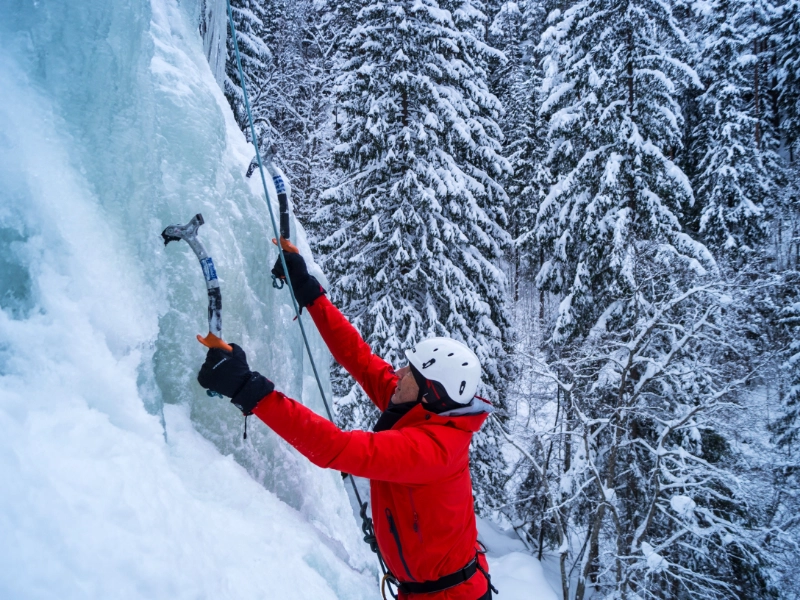
Climbing is an outdoor social sport that requires a crew to sling ropes in order to advance. Meet other climbers in your neighborhood gym first, and make an effort to develop a rapport with those who are skilled enough to belay you.
When you're prepared to leave the gym behind, locate a group of climbers who are open to having you join them. A positive outlook is even more beneficial than providing equipment like a crash pad, quickdraws, and a carabiner.
When climbing outside, it's imperative to follow the Leave No Trace guidelines. Be mindful of trail closures, tidy up after yourself, remove any tick marks, stick to the designated routes, and don't take over paths that other climbers wish to use. The climbers you go with will be pleased to have you back on their crew if you act with dignity and civility.

